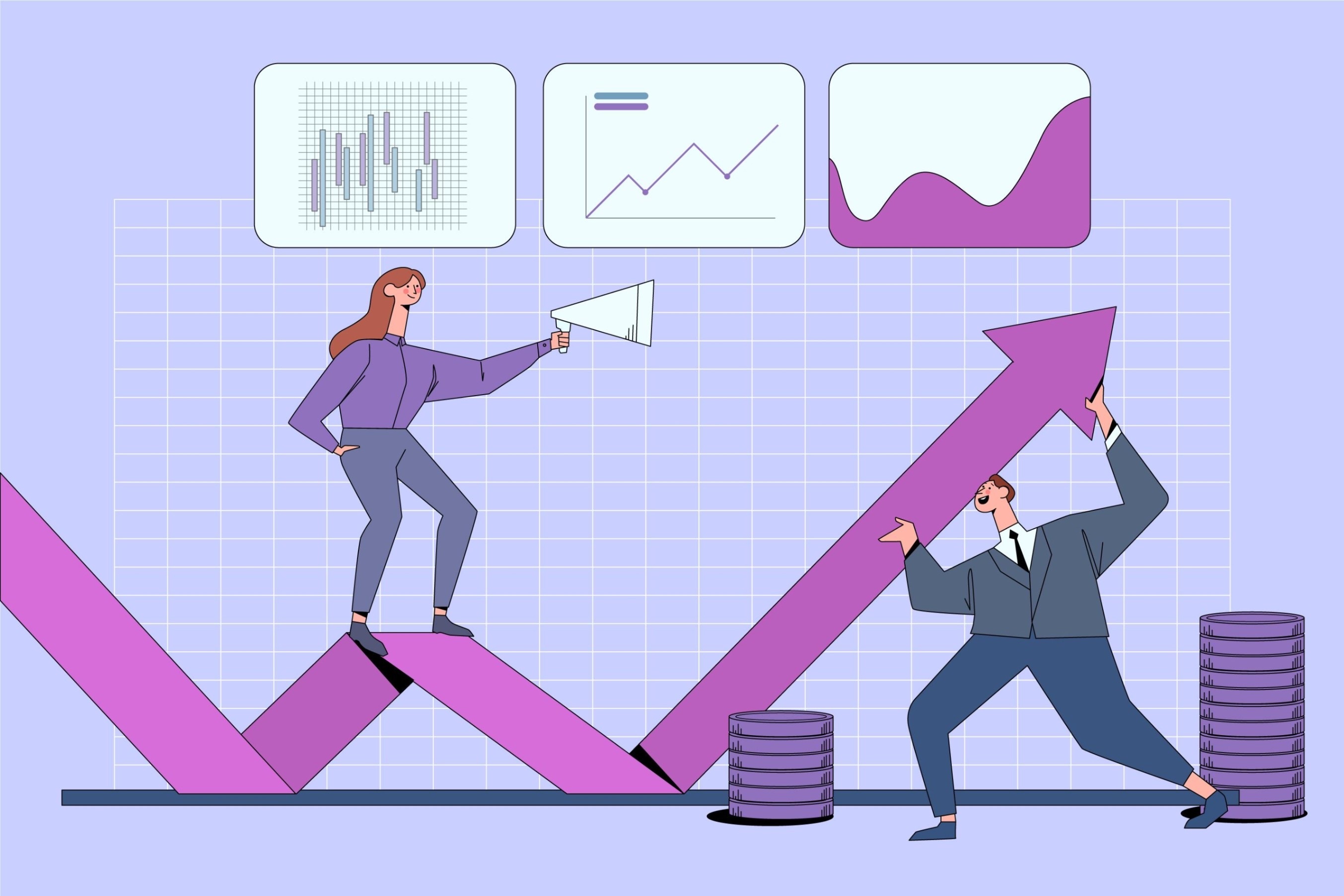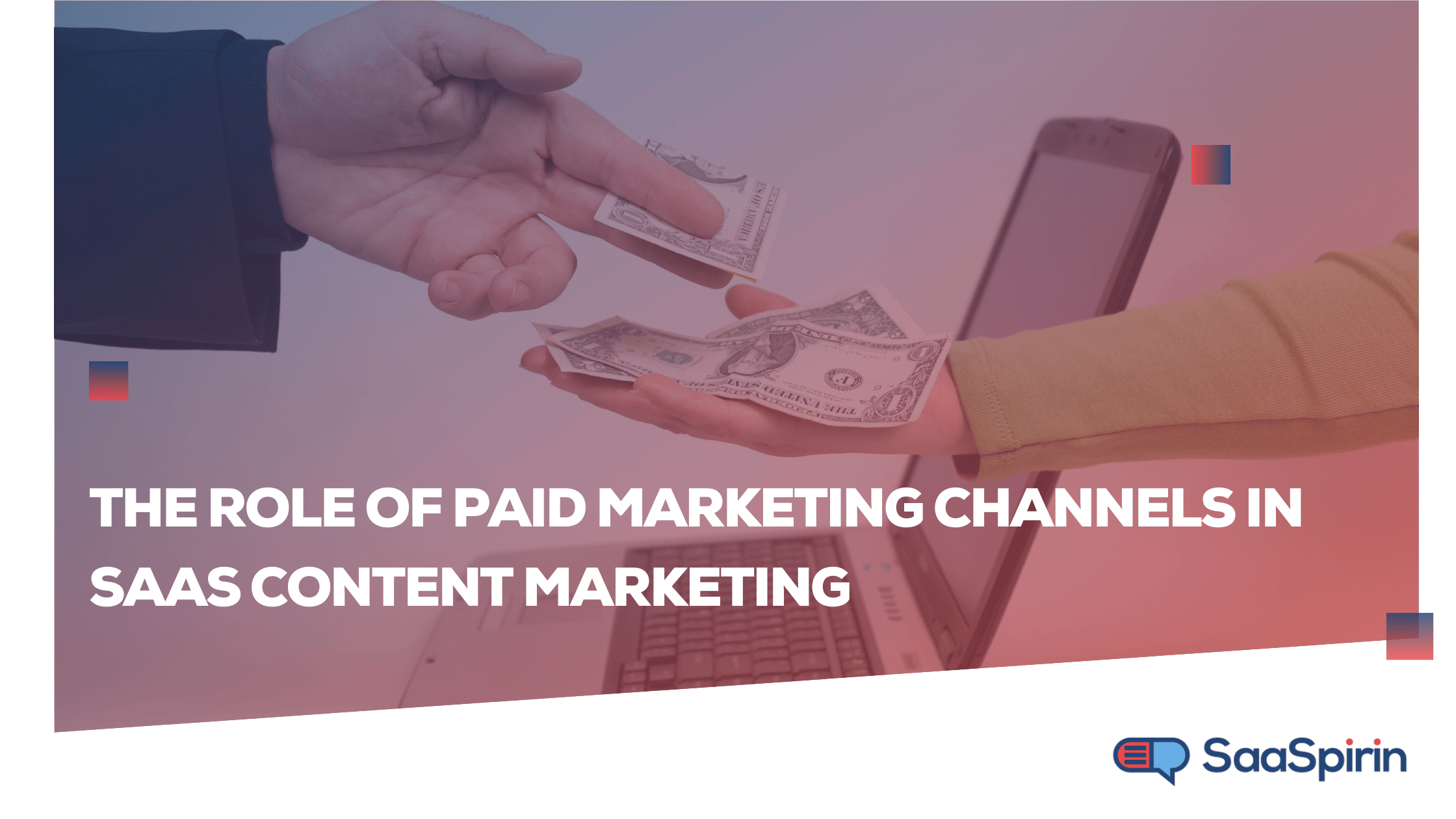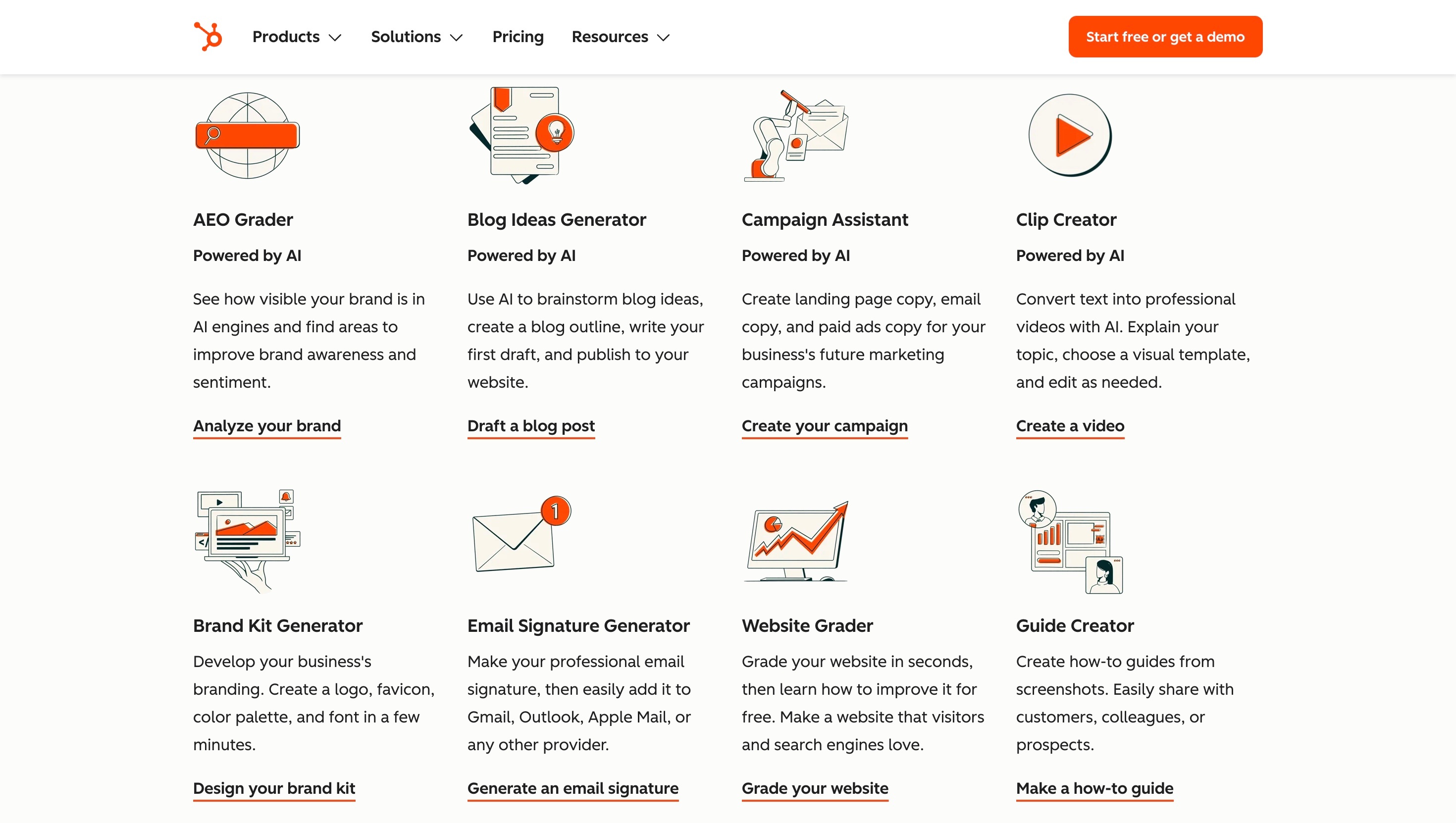How to Start with Demand Generation Marketing in 2025?
By Nicolas Jacobeus on October 31, 2025

Key Highlights
-
Demand generation marketing builds awareness and nurtures trust before sales outreach.
-
Unlike lead gen, demand gen focuses on creating interest at the top of the marketing funnel.
-
Core tactics include content marketing, inbound, email, and event marketing.
-
Proven strategies: lead scoring, ABM, intent data, social media, and funnel optimization.
-
Metrics like CPA, CLV, and cycle length measure efficiency and profitability.
-
Effective demand gen requires alignment between marketing and sales for a smooth feedback loop.
-
Case studies, testimonials, and educational content act as powerful demand gen assets.
-
A strong demand gen strategy lowers acquisition costs and drives long-term pipeline growth.
Have you ever noticed how some brands seem to attract interest before they even pitch a product? That’s not luck, it’s demand generation.
Instead of chasing cold leads, demand generation marketing techniques create awareness, spark curiosity, and position your solution as the obvious answer to a problem.
Unlike one-off campaigns, this approach is about building a steady pipeline of qualified prospects who already trust your brand by the time sales enter the picture. Done right, demand generation doesn’t just bring more leads, it brings the right leads.
In this guide, we’ll break down what demand generation really means, how it differs from lead generation, and the proven techniques, from content and inbound to ABM and intent data- that help businesses turn attention into action.
What Is Demand Generation Marketing?
Demand generation isn’t just about creating buzz; it’s about building relevance and trust in a world where buyers are harder to reach than ever.
In 2025, decision-makers are bombarded with ads, tune out generic outreach, and spend more time self-researching before engaging with sales. That means brands can’t rely on cold pitches or short-term campaigns anymore. They need a strategy that captures attention early, nurtures trust, and positions their solution as the obvious choice by the time prospects are ready to buy.
A strong demand generation program weaves together content, inbound tactics, events, email, social campaigns, and automation into one cohesive effort that:
-
Builds awareness by introducing your brand to the right audience.
-
Educates prospects on their problems and the solutions available.
-
Positions your product as the trusted answer to those challenges.
-
Drives quality leads that have a higher likelihood of becoming loyal customers.
The focus isn’t just on generating more leads, but on generating better leads. By tackling issues like ad fatigue and trust erosion head-on, demand generation ensures your sales team engages with prospects who are already warmed up, informed, and eager to continue the conversation.
How Is Demand Generation Different from Lead Generation?
The terms often get mixed up, but demand generation and lead generation serve very different purposes in your marketing strategy. They may use some of the same tools, but the goals and timing set them apart throughout the entire customer journey.
Demand Generation comes first. It’s about creating awareness and sparking interest across a broad target audience. By educating prospects on their problems and showing potential solutions, you position your brand as a trusted authority and build recognition at the top of the funnel.
Lead Generation comes next. Once awareness is built, lead generation works to capture that interest. This often involves tactics like gated content, forms, or demos that turn anonymous prospects into identifiable contacts, allowing for the collection of their contact information that your sales team can follow up with.
Think of it this way: demand generation creates the crowd, and lead generation handpicks the people from that crowd who are ready for a conversation.
Quick Comparison:
|
Aspect |
Demand Generation |
Lead Generation |
|---|---|---|
|
Purpose |
Build awareness and interest |
Capture contact info |
|
Timing |
Top of funnel |
Mid-to-bottom funnel |
|
Tactics |
Content marketing, social, events, inbound |
Gated content, sign-ups, demos |
|
Goal |
Position brand as industry expert |
Deliver qualified leads to sales |
When prospects ghost you, it doesn’t mean the story’s over; you just need the right approach. Read our blog here: How to Get Customer Testimonials When No One Has Time?
What are the Different Types of Demand Generation?
Strong demand generation isn’t built on a single tactic. It relies on multiple approaches working together to capture attention, build trust, and nurture interest, ultimately leading to long-term revenue growth. Here are four of the most effective types to include in your strategy.
1. Content Marketing
Content forms the foundation of demand generation.
Well-crafted blogs, videos, and guides help answer customer questions and address pain points, positioning your brand as a trusted resource. By focusing on education rather than immediate sales, you establish authority and stay top-of-mind when prospects are ready to take action.
Real-Life Example: Spotify's annual "Wrapped" campaign, which analyzes users' listening habits and shares personalized summaries via social media and emails.
2. Inbound Marketing
Inbound marketing focuses on creating value-driven experiences that attract people naturally through effective marketing campaigns.
It begins with understanding buyer personas and then developing content that speaks directly to their challenges and goals. Mapping content to each stage of the sales funnel ensures prospects move smoothly from awareness to decision, building long-term trust along the way.
Real-life example: HubSpot's comprehensive inbound strategy, which includes free tools like their CRM, educational blogs, ebooks, and certifications tailored to marketers' pain points.
3. Email Marketing
Email provides a direct, personalized way to nurture interest over time.
Effective campaigns are segmented, targeted, and designed to deliver relevant information that keeps subscribers engaged. Regular performance reviews, open rates, click-throughs, and unsubscribes help you refine messaging and maintain strong connections without overwhelming your audience.
Real-life example: Netflix's personalized recommendation emails, which use viewing history to suggest shows with custom thumbnails and teaser copy.
4. Event Marketing
Events allow you to connect with potential customers in real time, especially through live events such as webinars, industry trade shows, or smaller workshops.
These events showcase expertise and create opportunities for meaningful interaction. They reinforce your credibility, strengthen relationships, and position your brand as a thought leader.
Real-life example: Red Bull's Stratos space jump event in 2012, where Felix Baumgartner live-streamed a skydive from the edge of space. This high-adrenaline spectacle garnered over 52 million live viewers, amplified through social media, and solidified Red Bull's image as an extreme sports innovator, boosting sales and brand affinity long-term.
What Are the Most Reliable Demand Generation Strategies?
Demand generation isn’t about quick wins.
It’s about building a system that attracts, nurtures, and converts the right audience over time through display ads. These ten strategies combine reach, personalization, and data-driven execution to create sustained demand and higher-quality leads.
1. Content Marketing
Content positions your brand as the go-to resource in your space.
-
Why it matters: High-quality content educates buyers early, builds authority, and influences purchasing decisions long before sales gets involved.
-
How to apply it: Build a content calendar tied to buyer pain points. Use ungated blogs and videos for awareness, and gated eBooks or webinars for deeper engagement. Repurpose long-form content into bite-sized social posts and email campaigns for maximum reach.
2. Lead Scoring
Lead scoring ensures your sales team focuses on leads that are actually ready.
-
Why it matters: Without scoring, sales waste time chasing cold leads, hurting conversion rates and efficiency.
-
How to apply it: Define clear scoring criteria, downloads, demo requests, repeat visits, and email clicks. Assign weight based on buying intent signals. Continuously review thresholds with sales to refine alignment between “marketing qualified” and “sales ready.”
3. Account-Based Marketing
ABM lets you go deep with high-value accounts instead of spreading efforts thin.
-
Why it matters: Tailored outreach delivers better engagement and closes deals faster with enterprise or high-ticket customers.
-
How to apply it: Build a target account list using firmographic and intent data. Create personalized landing pages, emails, and ads for decision-makers. Coordinate content (case studies, proposals, demos) across channels to speak directly to each account’s pain points.
4. Social Media Marketing
Social media is where your audience already spends time; use it to build trust, not just broadcast.
-
Why it matters: Authentic engagement builds visibility and credibility, while social proof influences buying decisions.
-
How to apply it: Shift from promotion to education. Share customer stories, industry insights, and behind-the-scenes content. Use polls, live sessions, or Q&As to engage directly. Monitor group discussions and hashtags to join conversations that matter to your audience.
5. Email Marketing
Email nurtures prospects with consistent, personalized touchpoints over time.
-
Why it matters: Well-timed, relevant emails guide buyers through the funnel and keep your brand top-of-mind.
-
How to apply it: Segment lists by persona, behavior, or stage in the funnel. Personalize subject lines and body copy with specifics (e.g., industry challenges). Automate drip sequences but monitor engagement to adjust cadence and content relevance.
6. Event Marketing
Events give you a chance to connect face-to-face and deliver value in real time.
-
Why it matters: Direct interactions build stronger trust and establish your authority faster than digital-only tactics.
-
How to apply it: Host webinars, roundtables, or niche workshops. Use presentations to showcase expertise and case studies to prove impact. Follow up with recordings, slide decks, and tailored emails to extend the event’s value long after it ends.
7. Intent Data
Intent data helps you identify prospects actively looking for solutions like yours.
-
Why it matters: It allows you to target buyers at the right moment, improving timing and relevance.
-
How to apply it: Track signals such as searches, content consumption, or competitor site visits. Layer this with firmographics to qualify accounts. Use intent triggers to personalize outreach, for example, sending a pricing guide when a prospect compares options.
8. CRM and Marketing Automation
CRM and automation are the backbone of scalable demand generation.
-
Why it matters: They align sales and marketing, eliminate manual work, and provide data to measure ROI.
-
How to apply it: Use CRM to centralize lead data and history. Automate nurture workflows, scoring, and social scheduling. Sync both platforms so sales sees every touchpoint, enabling personalized outreach that feels informed and timely.
9. Demand Funnel Framework
A strong funnel framework ensures prospects move seamlessly from awareness to conversion.
-
Why it matters: Without structure, leads leak out of the funnel due to inconsistent messaging or missed touchpoints.
-
How to apply it: Map out each stage; discovery, engagement, evaluation, conversion. Assign content types to each (blogs at top, case studies mid, demos bottom). Track conversion rates by stage and refine weak spots with targeted improvements.
10. Web Insights and Inbound Marketing
Your website and inbound strategy are critical for capturing and converting interest in your sales funnel.
-
Why it matters: Visitor behavior reveals intent, while inbound content attracts prospects organically.
-
How to apply it: Track engagement metrics like time on page, clicks, and form fills. Pair these insights with inbound assets, blogs, webinars, and tools to nurture prospects. Use case studies and testimonials at the decision stages to build final confidence.
When combined, these ten strategies form a system that balances reach, personalization, and data. They not only generate awareness but also nurture genuine interest and move prospects toward confident buying decisions.
If demand gen sparks interest, case studies seal the deal. They’re one of the most effective assets for moving prospects down the funnel. Read here: What’s a Case Study? Here’s Everything You Need to Know in 2025.
What Metrics Should You Track in Demand Generation?
To measure the success of your demand generation strategy, you need KPIs that connect marketing performance to business outcomes. These core metrics reveal efficiency, profitability, and how well you’re turning interest into paying customers.
1. Cost Per Acquisition (CPA)
The first metric to track is CPA, which shows how much you spend to win a single customer in your demand generation campaign.
-
Why it matters: It highlights the efficiency of your marketing spend across different campaigns and channels.
-
How to apply it: Use the formula:
CPA = Total Campaign Spend ÷ Number of Customers Acquired
Example: If you spend $10,000 on a campaign and acquire 50 customers, your CPA is $200. Compare CPAs across channels to see which is delivering the most cost-effective growth.
2. Customer Lifetime Value (CLV)
Once you know the cost of acquiring customers, the next step is understanding how much they’re worth over time in terms of customer success.
-
Why it matters: CLV connects acquisition to long-term profitability and helps you prioritize high-value customer segments.
-
How to apply it: Use the formula:
CLV = (Average Purchase Value × Purchase Frequency) × Customer Lifespan
Example: If a customer spends $500 per purchase, buys twice a year, and stays with you for 5 years, CLV = $500 × 2 × 5 = $5,000. Use this to refine targeting and improve retention strategies.
3. Demand Generation Cycle Length
The third key metric is cycle length, which measures how long it takes a lead to become a paying customer as marketing teams aim to optimize this process.
-
Why it matters: A shorter cycle means faster revenue, smoother sales processes, and better resource use.
-
How to apply it: Use the formula:
Cycle Length = Date of Customer Acquisition – Date Lead Was Identified
Example: If a lead first engages on March 1 and becomes a customer on April 15, the cycle length is 45 days. Analyze patterns to spot bottlenecks, like slow hand-offs or weak nurture content, and adjust accordingly.
How Does SaaSpirin Support Demand Generation Marketing?
A successful demand generation strategy doesn’t just attract attention; it converts attention into trust and qualified opportunities, ultimately enhancing brand awareness. That requires a steady flow of authoritative content, clear messaging, and consistent execution across channels. This is where SaaSpirin comes in.
What We Do:
At SaaSpirin, we help B2B and SaaS companies build demand generation engines that scale. Our approach focuses on turning complex customer stories and market insights into content and campaigns that resonate with your audience.
How We Add Value:
-
Content Strategy That Educates and Attracts
We create blog posts, guides, and resources tailored to your buyer personas, designed to rank, attract organic traffic, and position your brand as an industry authority. -
Case Studies and Testimonials That Convert
We transform customer experiences into high-impact case studies and testimonials, providing social proof that supports both demand generation and lead generation goals. -
Multi-Channel Support
From blog content to sales enablement materials, we deliver assets that fuel inbound, email, and account-based campaigns, ensuring your demand generation efforts are cohesive across channels. -
Scalable Execution
Our structured processes ensure that you consistently publish the right content, at the right time, without overloading your internal teams.
Your prospects are searching. Are you showing up? Let’s fix that.
Book a 1:1 Consultation Today!
Conclusion
Demand generation isn’t about pushing harder; it’s about building the kind of awareness and trust that makes your solution the natural choice. Effective demand generation strategies involve content and inbound to ABM and intent data, showing how every touchpoint can either spark curiosity or strengthen confidence.
The key is consistency. One campaign won’t transform your pipeline, but a system that continuously educates, nurtures, and engages potential buyers will. When you align your content, channels, and metrics, you don’t just generate leads, you generate the right opportunities, faster.
So the question is: how will you design a demand generation strategy that not only attracts attention but also turns it into long-term growth for your business?
Frequently Asked Questions
How does demand generation help increase qualified leads for a business?
A solid demand gen strategy nurtures awareness at the top of the marketing funnel, ensuring sales engage with educated prospects. This alignment between demand gen and lead gen produces higher-quality leads and improves overall marketing efforts.
What are some proven demand generation campaigns that actually work?
Effective demand generation marketing examples include targeted ABM, webinars, inbound content series, and CRM-driven nurture flows. These best practices help B2B demand generation marketing teams create consistent engagement and generate more qualified opportunities across multiple channels.
What are the key benefits of implementing a demand generation strategy?
The benefits of a demand gen strategy include building trust, generating qualified leads, aligning sales and marketing, and lowering acquisition costs. Unlike one-off tactics, demand gen marketing efforts fuel long-term growth by focusing on lead quality, not just volume.
What is the role of content marketing in a successful demand generation campaign?
Demand generation and content marketing go hand in hand. Blogs, guides, and case studies attract prospects, educate them, and build authority. These assets support the marketing funnel, driving awareness at the top and conversions at later stages.
How is demand generation marketing explained to stakeholders within a company?
When explaining what is demand generation marketing, frame it as a system that drives awareness, trust, and qualified leads. Stakeholders see it as a demand generation marketing strategy that complements lead gen and proves ROI with measurable funnel impact.
Can you compare demand generation and growth marketing and highlight their differences?
Growth marketing vs demand generation differs in focus: growth marketing emphasizes rapid testing for short-term performance, while demand gen builds awareness and trust across the marketing funnel. Both can complement each other when integrated into broader digital marketing vs demand generation efforts.
How do you measure the effectiveness of demand generation marketing efforts?
Measure demand gen marketing efforts with KPIs like CPA, CLV, and cycle length. These metrics reveal efficiency, profitability, and how well your demand generation marketing strategy turns awareness into qualified opportunities within the funnel.
What are the goals of demand generation?
The main goals of B2B demand generation marketing are to build awareness, educate prospects, and fuel the marketing funnel with qualified leads. Unlike pure lead gen, demand gen emphasizes long-term growth through trust and consistent brand authority.
How can we develop an effective feedback loop between marketing & sales?
A strong demand gen strategy requires marketing and sales alignment. Sharing data in CRM systems, reviewing marketing efforts, and agreeing on best practices for qualified leads creates a feedback loop that strengthens both lead gen and closing success.
How do we generate more qualified opportunities from the best channels?
Focus on demand generation marketing examples where results are proven, SEO content, ABM, or webinars. Analyze which channels deliver ROI, double down with best practices, and refine your demand generation marketing strategy to consistently attract qualified opportunities.
You May Also Like
These Related Stories

How Do Top Companies Create a Demand Generation Strategy?

The Role of Paid Marketing Channels in SaaS Content Marketing
.png)

